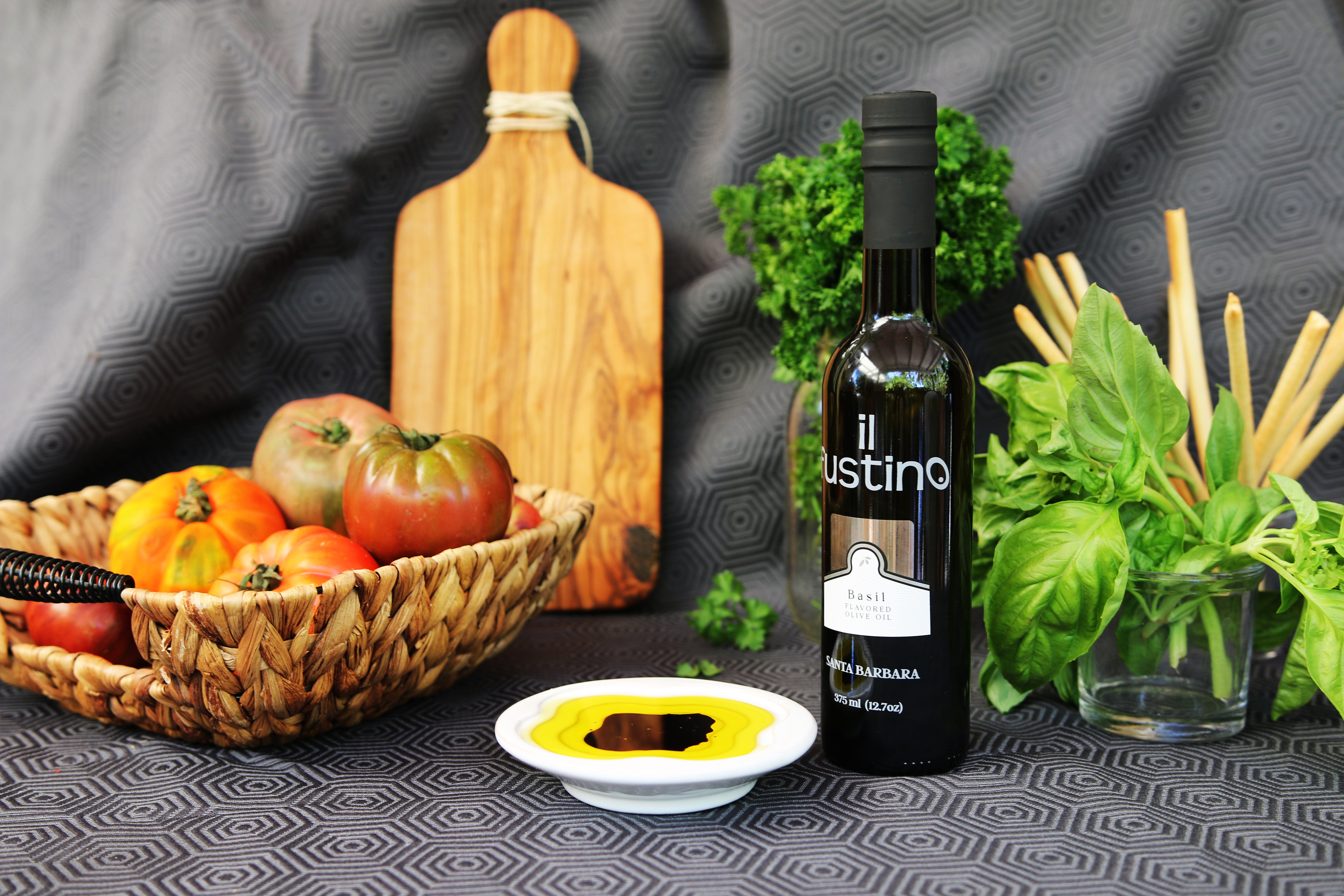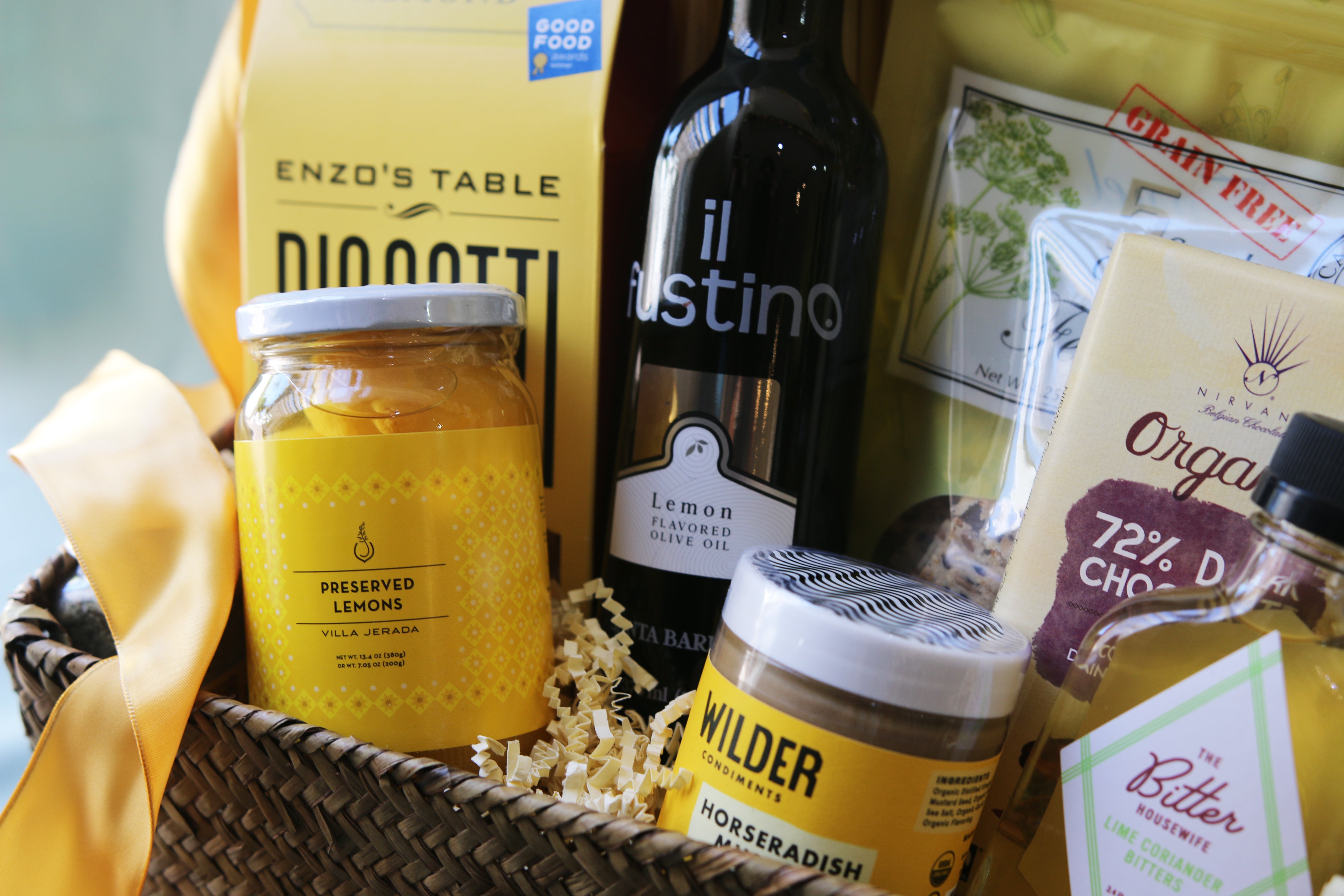Fusti Facts
See our stainless steel tanks here.
Introduction
Over the past few years, olive oil and vinegar stores have been opening up all over the country. This phenomenon is driven by the increasing recognition of the health benefits of olive oils and vinegars in the diet, the novelty and practicality of being able to taste the product before purchasing, and general trends towards culinary awareness as reflected in the rapidly expanding food-related programming in the media.
Almost universally, these oil and vinegar stores offer sampling from large stainless steel tanks called "fusti" in Italian. Manufactured exclusively in Italy, these tanks have been used for decades in Italian households and by small producers of olive oil for storage and dispensing.
There are two types of tanks:
Folded Metal - Folded Metal tanks are manufactured like tin cans. Seams are formed by rolling two pieces of stainless steel together and joining them under pressure. Folded Metal tanks are cheaper to manufacture. However the seams form pockets where food particles may become trapped and are difficult to clean.
Seamless - Seamless tanks are manufactured by welding the material using TIG (Tungsten Inert Gas) welding, where the two sections of stainless steel are joined by exposing them to high heat (through an electrical arc) under an inert shielding gas, usually argon. Seamless tanks, while more expensive to produce, have radiused corners, which allow for easy cleaning and do not trap food particles.
NSF Certification
As these tanks are manufactured exclusively in Italy, until recently none have received NSF certification. However, one company, La Nuova Sansone SRL, based in Lecce Italy near the "heel" of Italy, has applied for and received NSF certification for their seamless stainless steel tanks in 3, 5, 25, 30, and 50-liter sizes.
La Nuova Sansone SRL
| Via Adriatica Km. 3 | |
| 73100 Lecce | |
| Italy | |
| 39 0832 361191 | |
| Visit this company's website |
Facility : Lecce, Italy
|
Oil Container |
|
| Europa Model[1] | |
|
[1] Available in different sizes: 2, 3, 5, 10, 15, 25, 30, 50, 75 and 100 liter. |
|
As increasing numbers of stores are offering bulk sales of oil and vinegar from tanks, the common use of Folded Metal tanks poses a heath risk. Unfiltered and flavored olive oils contain solid particles that eventually settle to the bottom of the tank.
Cleaning and Sanitizing
Always thoroughly clean your new tank before first use. There will be residual metallic particles and oils from the manufacturing process, which will need to be completely washed out.
While it is not necessary to clean a tank every time it is refilled, we recommend that it be emptied, completely cleaned and sanitized, and thoroughly dried every month or when different oil is added.
Use only quaternary ammonia compounds (quat) based sanitizer at the recommended concentration. Chlorine bleach based sanitizer will react with the stainless steel. See interesting article here.
Fats and fatty oils are insoluble in water. However, contact with water may give rise to soluble lower fatty acids and glycerol, which cause rancidity together with changes in color (yellow to brown), odor and taste as well as gelling and thickening. For this reason, the tanks must be absolutely dry after cleaning.
Removal of the spigot, thorough cleaning and scrubbing with a small wire brush is mandatory. Also, scrubbing of the threads where the spigot is attached is mandatory.
We do not recommend putting vinegar in an oil tank or vice-versa, however clean.
Moreover, many stores are not equipped with proper facilities for washing the tanks, which requires the use of a three-compartment sink of adequate size to fully accommodate and immerse the tank. An adequate supply of hot water at a temperature of greater than 120 degrees F is critical to dissolve residual oils, along with a strong detergent soap such as Dawn.
A trick we use to insure that the tanks are thoroughly dry and sanitized is to blow them dry inside with a heat gun.
Cleaning the exterior of the tanks
The exterior of the tanks accumulate finger prints and other marks that detract from the beauty of the natural stainless steel. At our store we actually clean the tanks with olive oil! It turns out that olive oil is a natural way to clean stainless steel. It takes a bit of "elbow grease" but by applying a bit of olive oil to a paper towel, you can clean and polish the stainless steel most effectively. We buff our tanks frequently. It is something you can do when there are no customers in the store along with filling bottles etc.
A Note about Spigots
Many tanks are supplied with chrome plated brass spigots. While these are acceptable for dispensing olive oil, chrome plated spigots should NEVER be used for dispensing acidic liquids such as vinegar or wine. Vinegar contains acetic acid, which over time, will corrode the chromium plating and expose the brass. ALWAYS use 100% stainless steel spigots for vinegar. When attaching the spigot to the tank, take care to not over-tighten the threads. A little more than finger-tight is all that is necessary. Any more will damage the o-ring and cause leakage. Spigots should be tightened with an open-end wrench or a crescent wrench, never pliers which will scratch the metal.3 and 5 liter fusti have a knurled nut on the inside of the tank. This should be tightened before first filling as it may come loose in shipping.
Knob spigots have a flattened portion near the threads that will accept a open-ended or crescent wrench for tightening.
The lever spigots can be tricky to attach. First you must remove the nut. Next remove the o-ring. Replace the nut. Place the o-ring back on the end of the threaded portion. Now screw the lever spigot into the fusti a few turns and position it so the spigot points down. Tighten the nut to compress the o-ring against the fusti opening. Do not over-tighten. Reverse this process for removal. See video.



